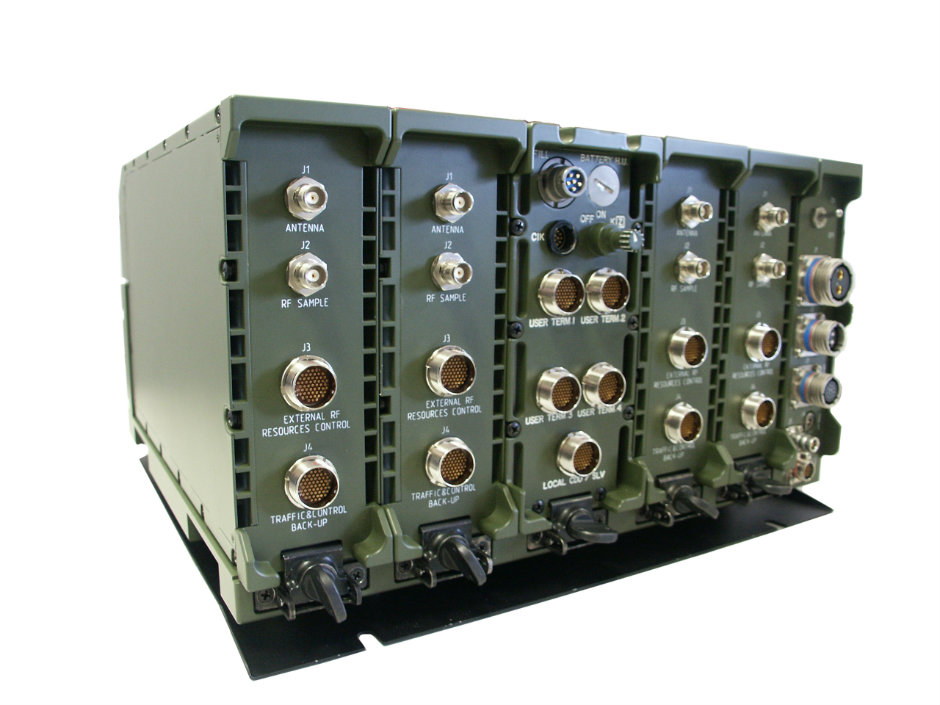Leonardo 04 April 2017

In recent decades, a complex international scenario has gradually been developing with the increasing occurrence of civil wars or conflicts between non-conventional armies in territories where the State as legally intended no longer exists. A situation of the sort can potentially extend the fighting into neighbouring pacified areas, transforming them in international terrorism bases.
In this setting, information is without doubt the dividing line between the success or failure of military action. The capacity to impose superiority over one’s opponent in information research, development, dissemination and exploitation becomes, therefore, fundamental, as it makes available to the decision- makers a huge amount of cross-analysed and coordinated information, providing them with a consistent advantage. From this viewpoint, the arrival of Information Technology has been of fundamental importance in forming the basis of Network Enabled Capability (NEC), which consists of enabling the capability of combining different elements – instructive, procedural, technical, organisational and human – belonging to different organisations in a single Network, in order that they may interact to achieve and maintain notable strategic superiority.

To meet the new net-centric requirements of the Armed Forces, Leonardo’s Land & Naval Defence Electronics Division has developed a set of technologies and cutting-edge products, featuring the SWave SDR range, based on Software Defined Radio (SDR) technology, a versatile broadband communication tool whose functions and aspects can be modified via software. Software Defined Radio brings a true revolution to the field of military radio communications.
A single SDR can, in fact, replace various traditional radio units; innovation whose impact is comparable to the technological leap made between the first computers and today’s efficient and practical PCs. SDR was specifically developed from the idea of a single radio communications platform with its main parameters completely reconfigurable by software based on the selected communication mode. SDR supports multiple radio communications simultaneously via unique applications. Another SDR feature is its "portability"; the various forms of radio signals can be easily transferred from one "radio platform" to another, thanks to shared architecture. In addition, SDRs have a longer lifetime compared to traditional equipment, as they can easily be updated with new waveforms.
The Software Defined Radios family
The SWave SDR family includes the more recent portable single-channel Software Defined Radio (HH-E), a portable two-channel SDR (MB1), a two-channel mobile radio (VB1) and a four-channel mobile radio (VQ1). A previous variant of the SWave HH-E, the SWave HH, is currently in service with the Italian Army.
A version of the SDR SWave is also under development for the Navy. Leonardo is one of the leading partners of the ESSOR (European Secure Software Defined Radio) consortium, whose purpose is to establish a shared EU radio architecture, ensuring that all products of the SWaveSDR family are always in line and compatible with the development of new waveforms.
 With weight and dimensions comparable to a commercial smartphone, SWave HH-E weighs less than 550 grams and is only 155 millimetres long. It’s the latest product of Leonardo’s SWave family of military radios, with reconfigurable secure data and broadband network functions, in addition to standard voice communications. Thanks to its dual use of new and traditional waveforms, the HH-E can interact with other radios on the field and the C4I (Command Control, Communications, Computers and Intelligence) systems and is fully upgradable, thus providing army personnel with a low-cost, versatile and flexible radio solution.
With weight and dimensions comparable to a commercial smartphone, SWave HH-E weighs less than 550 grams and is only 155 millimetres long. It’s the latest product of Leonardo’s SWave family of military radios, with reconfigurable secure data and broadband network functions, in addition to standard voice communications. Thanks to its dual use of new and traditional waveforms, the HH-E can interact with other radios on the field and the C4I (Command Control, Communications, Computers and Intelligence) systems and is fully upgradable, thus providing army personnel with a low-cost, versatile and flexible radio solution.
 In the field of tactics and vehicle applications, Leonardo’s SDR VQ1 (Vehicul Quad-channel Type1) is a four-channel radio that can replace four traditional radios while taking up less space inside vehicles. The VQ1 will be installed on board the VTLM2 (Light Multirole Tactical Vehicle) LINCE and the new armoured vehicle CENTAURO II.
In the field of tactics and vehicle applications, Leonardo’s SDR VQ1 (Vehicul Quad-channel Type1) is a four-channel radio that can replace four traditional radios while taking up less space inside vehicles. The VQ1 will be installed on board the VTLM2 (Light Multirole Tactical Vehicle) LINCE and the new armoured vehicle CENTAURO II.
Last but not least, in the naval and aeronautical field, Leonardo’s Software Defined Radios are also provided on board of the new Italian vessels ("Naval Law"): the Offshore Multipurpose Patrol Ships (PPA), the logistic support ship (LSS) and the amphibious assault unit (LHD).


